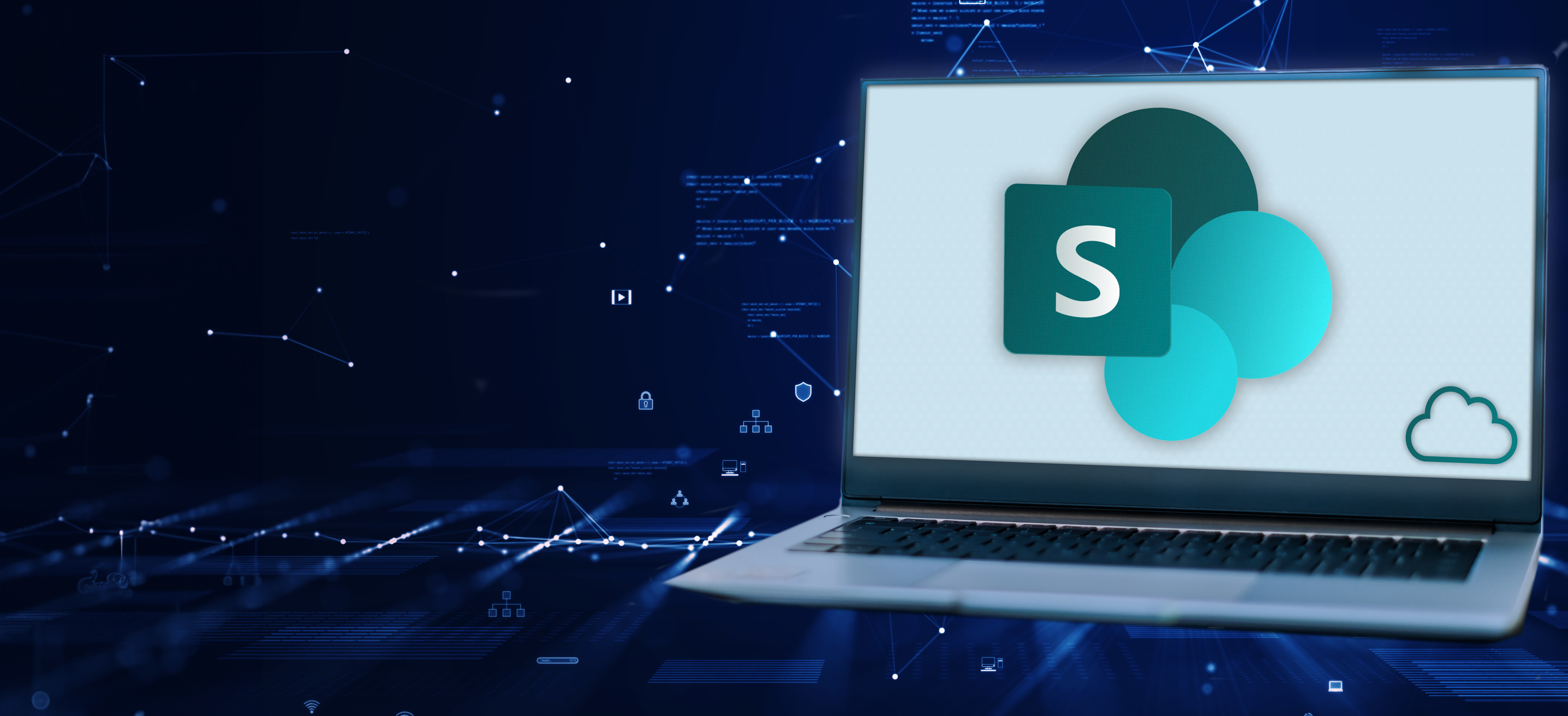This Engineering Week, LCG recognizes the contributions engineering has made to Health IT and biomedical research support.
LCG helps accelerate digital government strategy and programs so that agencies and their critical systems can stay ahead of the curve in a rapidly shifting digital landscape. From initial project conception to finished product, the process of development would be nothing without the expertise that many engineers employ. Innovation is crafted by decisions that shape the pathway from idea to reality. Through the work of LCG’s many engineers, we enable more efficient, productive, and speedier customer transformations.
For instance, in the design and development of Health IT solutions, engineers at LCG are there at every phase from design and development, to creating interfaces, developing algorithms, and designing databases. Adding on top the existing complexity, the engineering team then integrates systems to be sure that all components are working together seamlessly.
With many Health IT products outputting large amounts of data, there is also a need for analysis and insight. Through the phases of development, engineers working alongside healthcare professionals can ensure that designs of databases, algorithms, and management of key records allow for robust data analysis. This enables healthcare professionals to make informed decisions about diagnosis, treatment, and care management.
As with any sensitive data, cybersecurity is of utmost importance. All products must be secured to protect patient data from theft in any form. Cybersecurity engineers are responsible for safeguarding vulnerable data and to increase the security profile of the organization.
Finally, to ensure regulatory compliance and that the solution created in development is viable, engineers must perform rigorous testing, including designing and executing test plans, system verification and validation, and conducting risk assessments.
At every step, engineers work closely with healthcare professionals following the Federal government’s standards. By working together to design, develop, and test, engineers are involved at each stage so solutions are guaranteed safe, effective, and fulfill the ever-changing needs of Health IT and biomedical research. With the advent of advanced machine learning and generative artificial intelligence models LCG is testing and incorporating emerging technologies to modernize, integrate, and create whatever our clients need to embrace innovation’s future.
Srinivas Kothuri is Vice President, Innovation and Digital Engineering Services at LCG.







